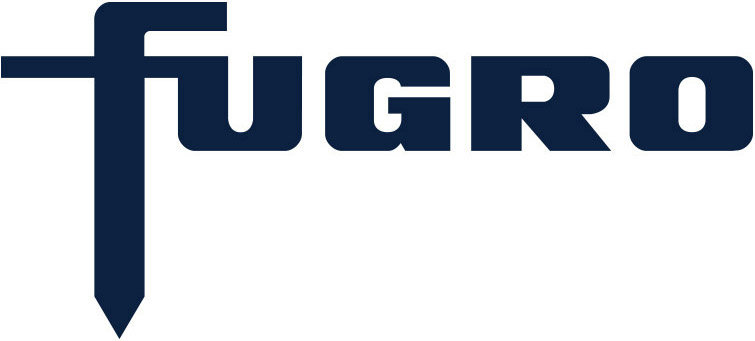Decarbonisation is vital to maintaining a safe and liveable world. Much of the carbon that human industry emits can be avoided through the use of renewable energy and other new technologies. But not all carbon can be handled in this way.
Some industries generate carbon emissions not just from their energy use, but as a result of inherent processes: a good example of this is cement manufacture, which releases carbon dioxide as a chemical byproduct, and also requires kiln temperatures which cannot be achieved using electricity. Other sectors would see commercial challenges and unnecessary job losses in a rush to renewables. And we were emitting large amounts of carbon dioxide for two centuries before we understood the impacts it would have on our environment.
Carbon capture promises to fill the gaps in climate change mitigation that decarbonisation can’t reach. Carbon can be captured at source from those facilities that can’t eliminate emissions, or directly from the air.
The question then is what to do with the carbon captured? That’s what our guests in this episode have been addressing. Dr Camelia Knapp is a professor of geology who has been exploring suitable sites for its storage. Fernando C Hernandez is global chairman at the Society for Low Carbon Technologies, whose work focuses on promoting commercial applications for captured carbon and promoting policies that will make carbon capture a viable proposition.
Host
Jon Baston-Pitt, Fugro
Guests
Dr Camelia Knapp, Professor of Geophysics, Boone Pickens School of Geology, Oklahoma State University
Fernando C Hernandez, Global Chairman, Society for Low Carbon Technologies
